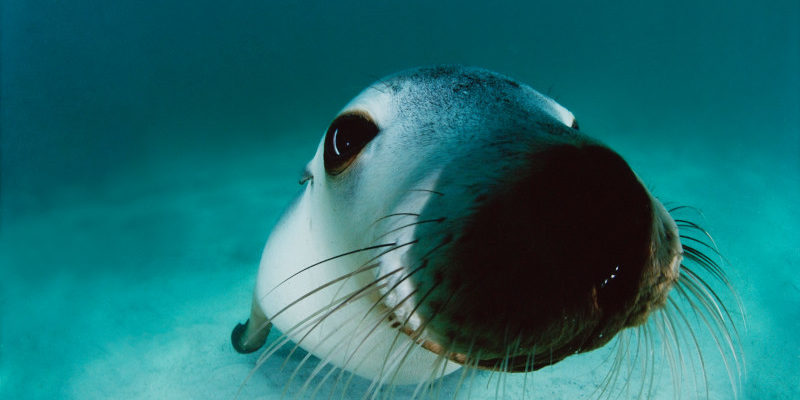In my recent webinar about multidisciplinary learning in English classes with very young learners, I asked participants which range of skills they thought were the most important in the preschool classroom. About 20% voted for Social and Emotional Skills, in addition to the majority who voted for it as part of all skills being of equal importance.
And it’s easy to understand why when we think of just how young our preschool students are. They are still learning to recognize and deal with their own emotions as well as learning how to get on with other people and make friends. In the webinar, I shared an overview of Social and Emotional Skills as defined in five overlapping competencies by CASEL.org (Collaboratives for Academics Social and Emotional Learning):

While we build these competencies into our classrooms naturally as part of our classroom practice, I think it’s also useful to keep this framework in mind when planning activities. In this blog post, I’m going to share how five very simple activities fit into each competency, but of course, there are many other activities you could do. Perhaps you can share other ideas you all have in the comments section.
1. Self-awareness
Being able to recognize your own emotions and thoughts and how they influence your behavior, and having a positive mindset.
Activity: Feelings flashcards
Aim of activity: To help students to recognize the emotions they’re feeling, so they can understand them for themselves and communicate them to others.
• Make the flashcards ahead of class, using drawings or magazine pictures of people with different facial expressions (happy, sad, angry, tired, scared, and surprised).
• During circle time, show each card for students to copy the expression and identify the feeling. If they wish, volunteers can also share a time they had that feeling (in L1).
• Spread the cards face down in the center of the circle. Invite volunteers to take turns turning over a card and naming the feeling. The rest of the class make the matching facial expression.
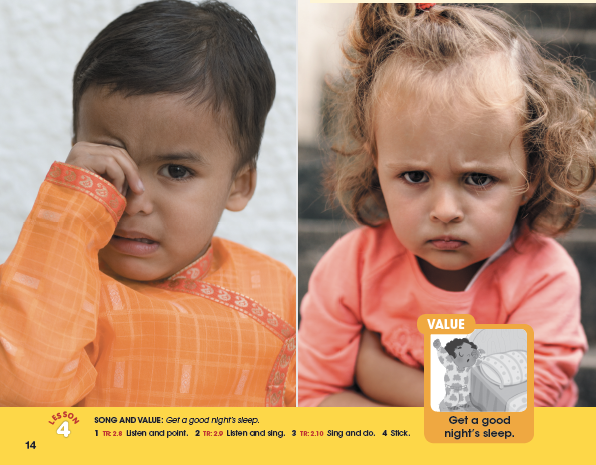
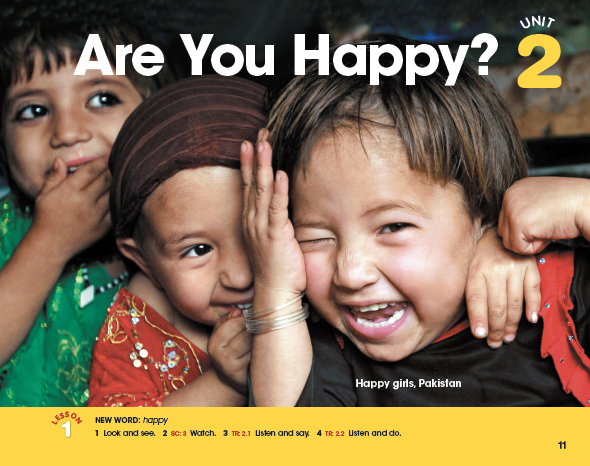
2. Self-management
Being able to deal with these emotions and thoughts effectively, how to manage stress, and persevere when things are difficult.
Activity: Story corner – learning from stories or picture books
Aim of activity: Students enjoy a story and learn the same lessons as the main characters do.
• Choose a story or picture book that explores the learning competency you want to cover in class. The Most Magnificent Thing, by Ashley Spires explores the theme of perseverance. Students learn with the hero in the story that ‘magnificent things’ aren’t as easy as they seem, and you have to make mistakes and try again before you succeed.
• When sharing any story or picture book, make sure students are sitting comfortably around you and that they can all see the pictures. Show and talk about the pictures as well as reading or saying a simplified version of the text.
• To emphasize the key message of this story, teach the expression Try again. Each time the hero of the book fails in her new attempt, students can give their advice: Try again! Advice that they can then apply to themselves in other situations.
3. Social awareness
Being able to understand others from different backgrounds and appreciate the role of others in our community and society.
Activity: Community helpers mini-book
Aim of activity: To help students to appreciate the people in their community and the work they do.
• Use flashcards or other pictures to introduce different community helpers and discuss in L1 how each one helps the community.
• If students are using Look and See, they can watch the video about community helpers from Level 3, Unit 3. Alternatively invite volunteers to give examples of community helpers they know or interact with during the day (one of them will be you, their teacher!).
• Students make a simple four-page book by folding a piece of paper or card in half. They design the cover, then choose three community helpers to draw and illustrate inside their book.
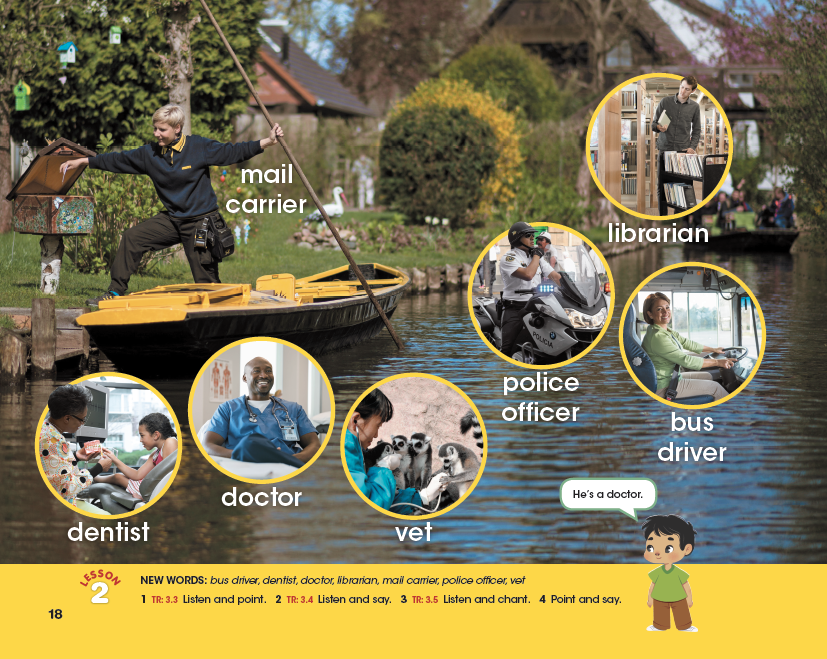
4. Relationship skills
Being able to get on with other people, communicating effectively, listening to others, collaborating and asking for help when you need it.
Activity: ‘Let’s share our toys’ song
Aim of activity: To celebrate the importance of sharing things with other children.

• If students are using Look and See, they can listen and sing along with the song from Level 1, Unit 4. Alternatively, you can make up your own tune for the song, or teach it to the class as a rhythmic rap.
• Students sing and act out the song, substituting the names of the toys for other objects you have around the classroom.
•The chorus can be adapted and used again in class whenever it’s time to share materials out. For example, with crayons you could adapt it to Let’s share the crayons, one and two, One for me and one for you.
5. Responsible decision making
Being able to make good decisions based on different factors including health and safety, and the possible consequences of decisions on yourself and other people.
Activity: Dressing for the weather match and mime game
Aim of activity: To help students understand the cause and effect of good decision-making in the context of choosing the best clothes for different types of weather.
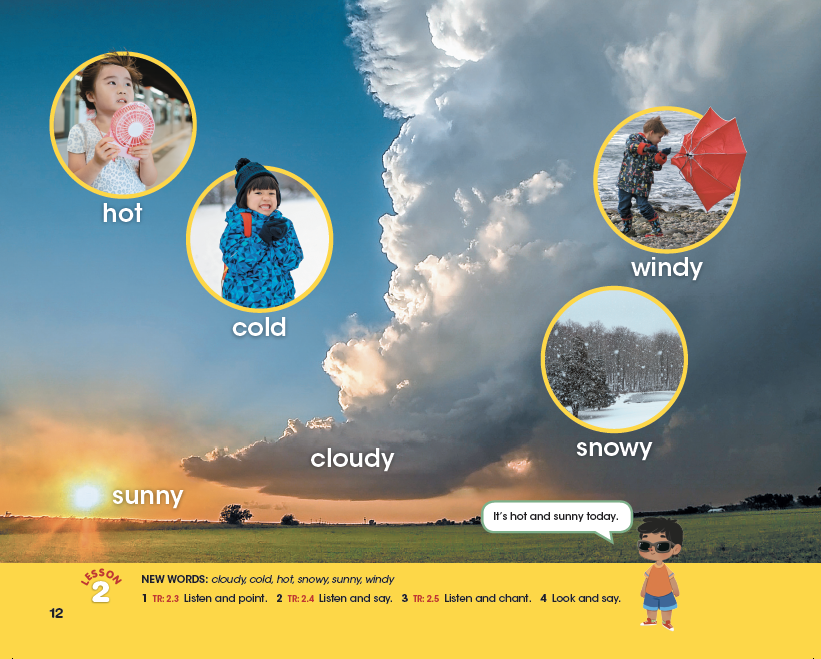
Make two sets of flashcards – one with different types of weather (e.g. sun, rain, and snow) and one with different clothes (e.g. sun hat, T-shirt, shorts and sandals, raincoat, umbrella and boots, coat, woolly hat, and scarf.)
• During circle time, review and display the clothes flashcards face up in the middle of the circle.
• Hold up a weather flashcard and ask What’s the weather like today? When students reply, confirm and say Yes, it’s (snowy and cold). Mime being cold with students copying you. Then ask What do we wear in cold and snowy weather?
• Volunteers name and pick up the flashcards with the correct clothes for snowy weather. As they do so, mime putting each piece of clothing on with students copying you until you are all ‘dressed up warm’ for the snowy weather.
For more information on Social and Emotional Skills and the other skills we include in a multidisciplinary preschool classroom, watch my webinar ‘The Whole Picture’.


